Passione D’amore: Love and Obsession
In the vast landscape of Italian cinema, few films resonate with the depth and passion as Ettore Scola’s masterpiece, Passione D’amore. Released in 1981, this cinematic gem continues to captivate audiences worldwide with its gripping narrative, stellar performances, and breathtaking locations. Serving as a backdrop to the timeless tale of love and obsession.
At the heart of Passione D’amore lies a tumultuous love story set against the backdrop of 19th-century Italy. Adapted from the novel by Iginio Ugo Tarchetti, the film follows the journey of the young Giorgio. A dashing officer played with remarkable intensity by Bernard Giraudeau, who becomes entangled in a web of desire and jealousy.
Giraudeau’s portrayal of Giorgio is nothing short of mesmerizing. His charismatic presence on screen effortlessly captures the character’s complex emotions. From the initial allure of Clara to the consuming passion that drives him to the brink of madness. With each glance and gesture, Giraudeau brings Giorgio to life, embodying the depths of his love and the torment of his obsession with haunting authenticity.
Opposite Giraudeau shines Laura Antonelli in the role of Clara, the beautiful and enigmatic woman who becomes the object of Giorgio’s affection. Antonelli’s performance is a masterclass in subtlety and nuance, as she navigates the delicate balance between desire and restraint. Her chemistry with Giraudeau is palpable, drawing audiences into their tumultuous relationship with every stolen moment and lingering glance.
Beyond the compelling performances of its leads, Passione D’amore is elevated by its breathtaking locations, which serve as a stunning backdrop to the unfolding drama. From the sun-drenched streets of Naples to the opulent interiors of Clara’s estate, each setting is meticulously crafted to evoke the splendor and grandeur of 19th-century Italy. Director Ettore Scola’s meticulous attention to detail ensures that every frame is infused with a sense of time and place. Immersing viewers in a world of beauty and intrigue.
Yet, amidst the sumptuous landscapes and lavish costumes, “Passione D’amore” explores themes that are as timeless as they are universal. At its core, the film is a meditation on the nature of love and desire, and the destructive power of obsession. As Giorgio’s infatuation with Clara spirals out of control, we are forced to confront the darker aspects of human nature. The jealousy, possessiveness, and irrationality that lurk beneath the surface of romantic idealism.
In the hands of a lesser director, Passione D’amore could easily have descended into melodrama or cliché. Yet, under Ettore Scola’s masterful direction, it emerges as a haunting and unforgettable cinematic experience. A testament to the enduring power of storytelling to illuminate the depths of the human soul.
As we journey with Giorgio and Clara through the tumult of their passions, we are reminded of the fragile beauty of love, and the perilous journey that awaits those who dare to surrender to its embrace. Passione D’amore is more than a film – it is a timeless ode to the mysteries of the heart. It is a testament to the enduring power of cinema to capture the essence of the human experience.
Watch the movie on Movieitaly+
Read more articles here


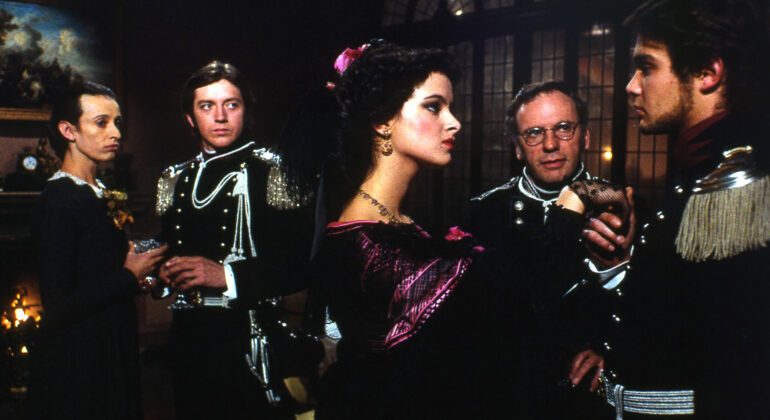
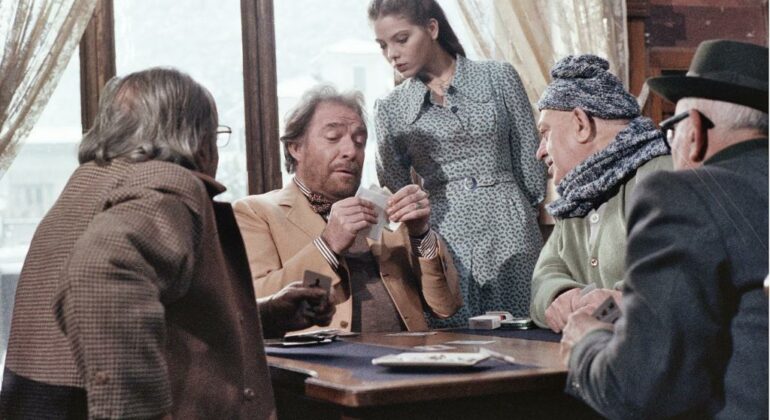

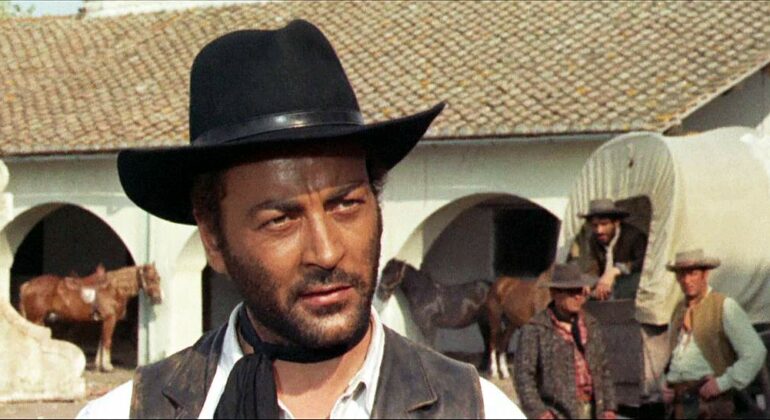
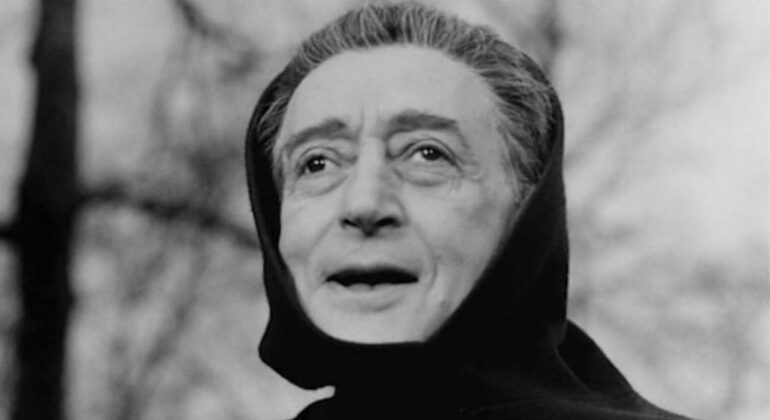
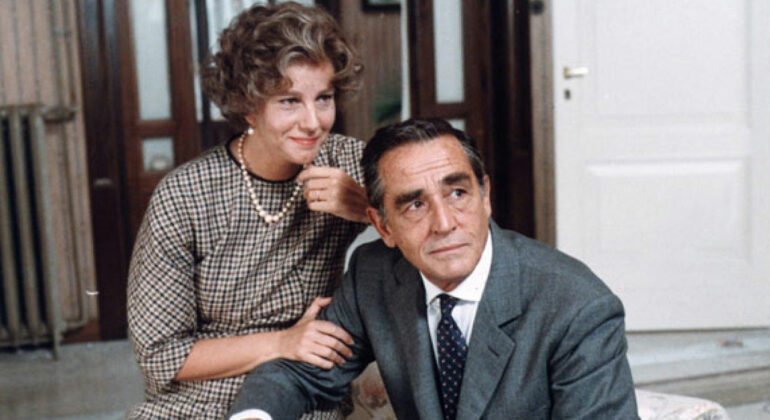
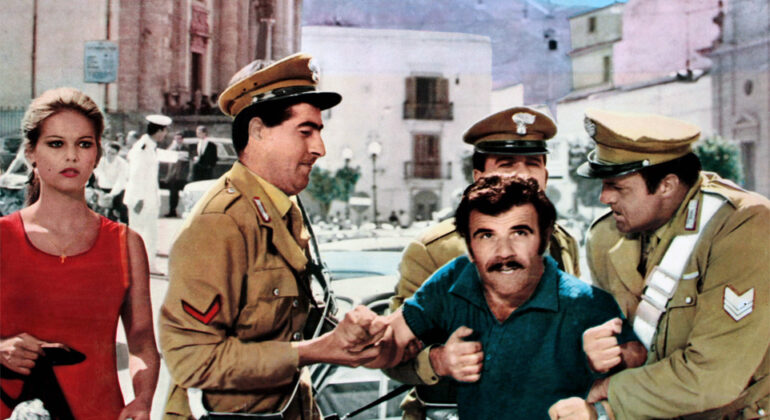

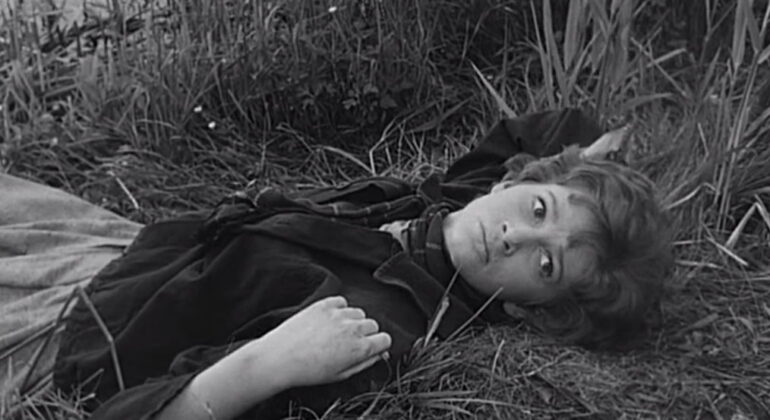


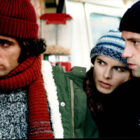


Recent Comments